The Recycling of Waste Heat
Through the Application
of Nanofluidic Channels:
Advances in the Conversion of
Thermal to Electrical Energy
TRANSLATE is a €3.4 million EU-funded research project that aims to develop a new nanofluidic platform technology to effectively convert waste heat to electricity.
This technology has the potential to improve the energy efficiency of many devices and systems, and provide a radically new zero-emission power source.
Watch our video series below to learn more about TRANSLATE
The problem of waste heat and TRANSLATE's solution
The TRANSLATE Device: How Does It Work?
TRANSLATE's Ionic Thermocell
Tackling climate change requires a radical shift in how we produce and consume energy, away from fossil fuel burning and towards clean, renewable sources of energy. Yet every day, it’s estimated that 70% of all the energy produced from sources such as power generators, factories, and homes is lost in the form of heat, which evaporates away into the atmosphere.
This wasted heat is one of the largest sources of clean and inexpensive energies available, and yet it is currently untapped.
Take a look at our factsheet to learn about the key features, technical specifications and the potential use cases of the TRANSLATE device.
TRANSLATE is a multidisciplinary collaboration between partners across Europe including University College Cork (Ireland), Technische Universität Darmstadt (Germany), University of Latvia (Latvia), Cidete Ingenieros Sociedad limitada (Tenerife, Spain) and UCC Academy (Ireland).
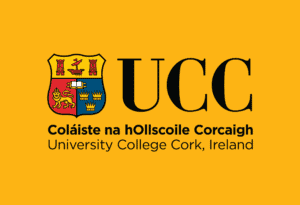



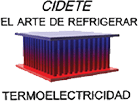

The consortium has expertise across a range of disciplines including nanofluidics, materials science, electrochemistry and energy storage.
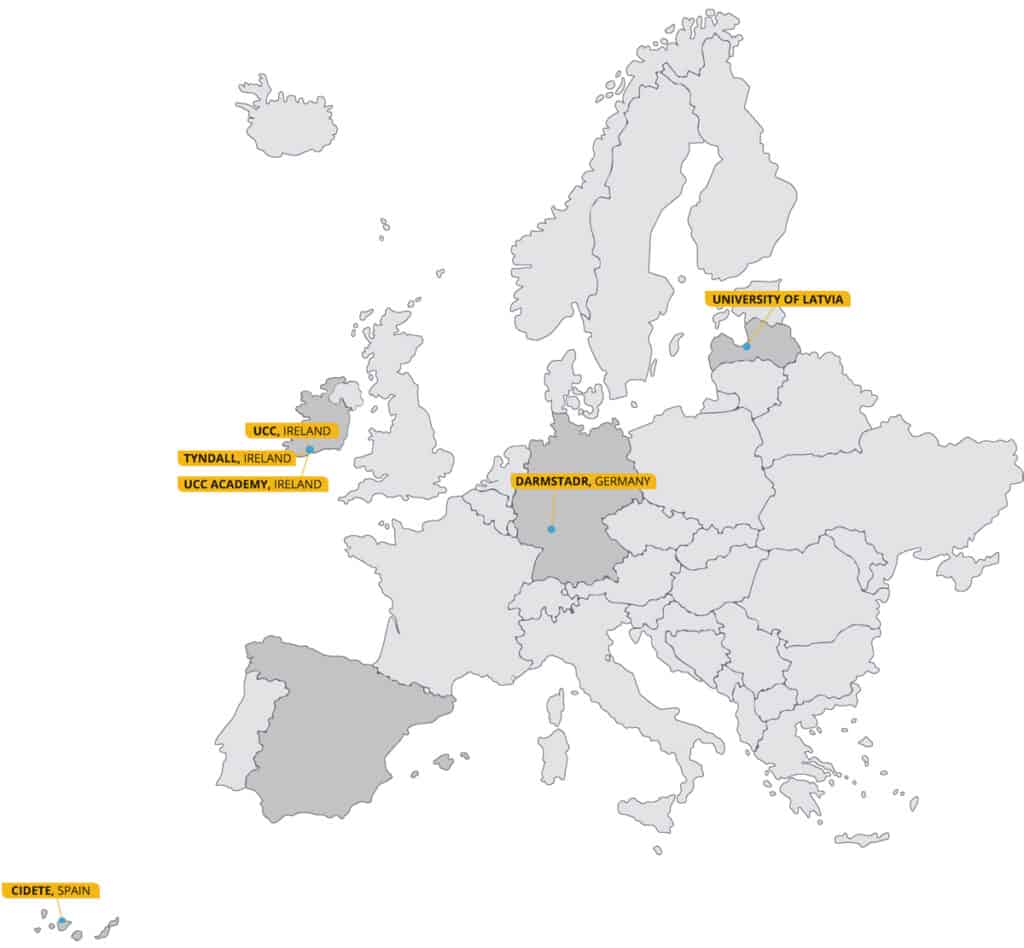
Our Latest News
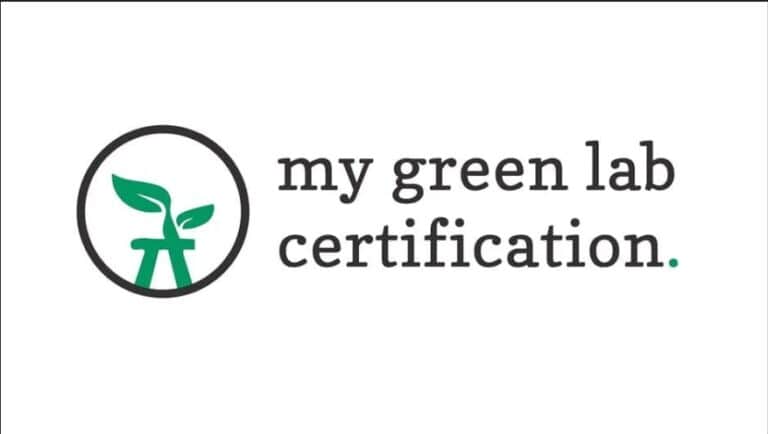
TRANSLATE Recognised for Sustainable Lab Practices – Joins Ireland’s Green Lab Leaders
TRANSLATE laboratories have been recognised among Ireland’s most sustainable research spaces as part of a national certification pilot led by Research Ireland. The initiative promotes energy efficiency, waste reduction, and safer lab environments. At UCC, TRANSLATE labs have made practical, lasting changes—including smarter fume hood use and inventory management—while advancing green energy research using earth-abundant materials for zero-emission power solutions.
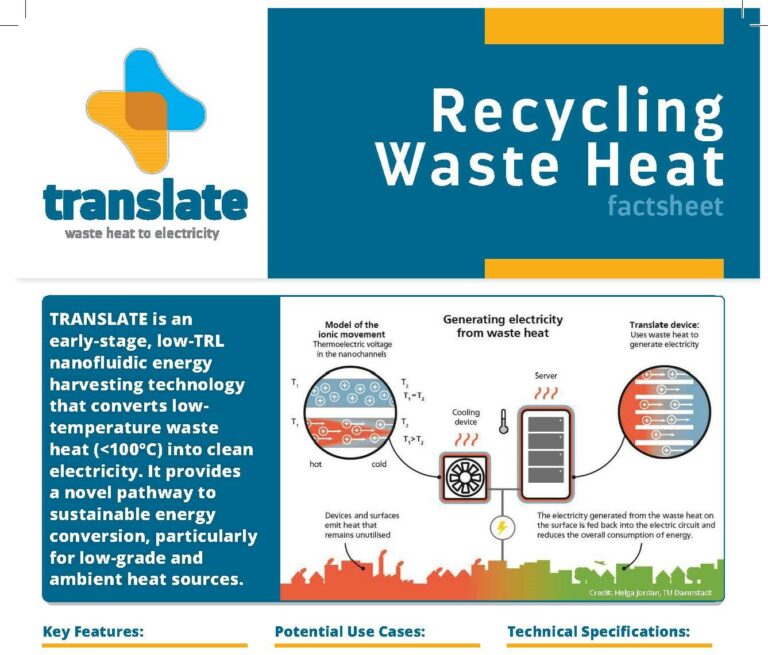
Waste Heat to Electricity: Key Insights from the TRANSLATE Factsheet
The TRANSLATE project is advancing sustainable energy conversion with nanofluidic membranes that turn low-grade waste heat into usable electricity. Operating below 100°C and using eco-friendly materials, the technology is ideal for wearables, IoT, and low-power electronics. A new factsheet highlights key technical insights, efficiency gains, and future applications. Download it now from our website or Zenodo to learn more.
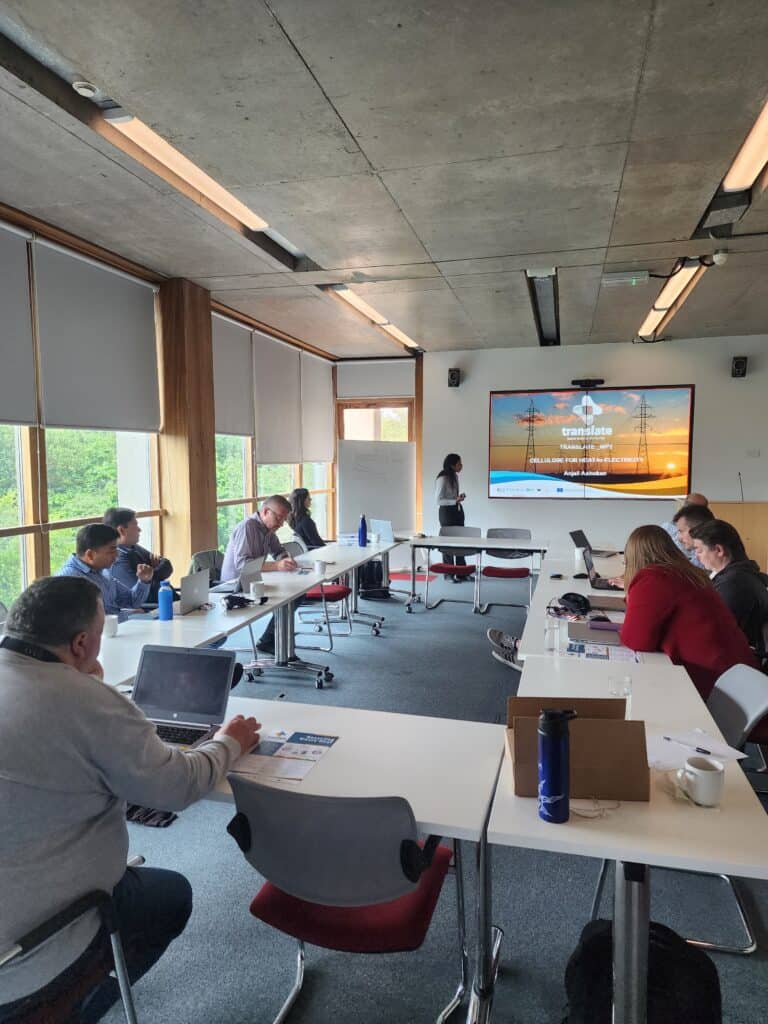
Insight and Impact: Final TRANSLATE General Assembly in Cork
The TRANSLATE project held its final General Assembly at University College Cork, bringing together researchers from Ireland, Latvia, and Germany to celebrate four years of EU-funded collaboration in nanofluidic energy materials. The two-day event featured partner updates, candid feedback sessions, and reflections from PhD researchers.
